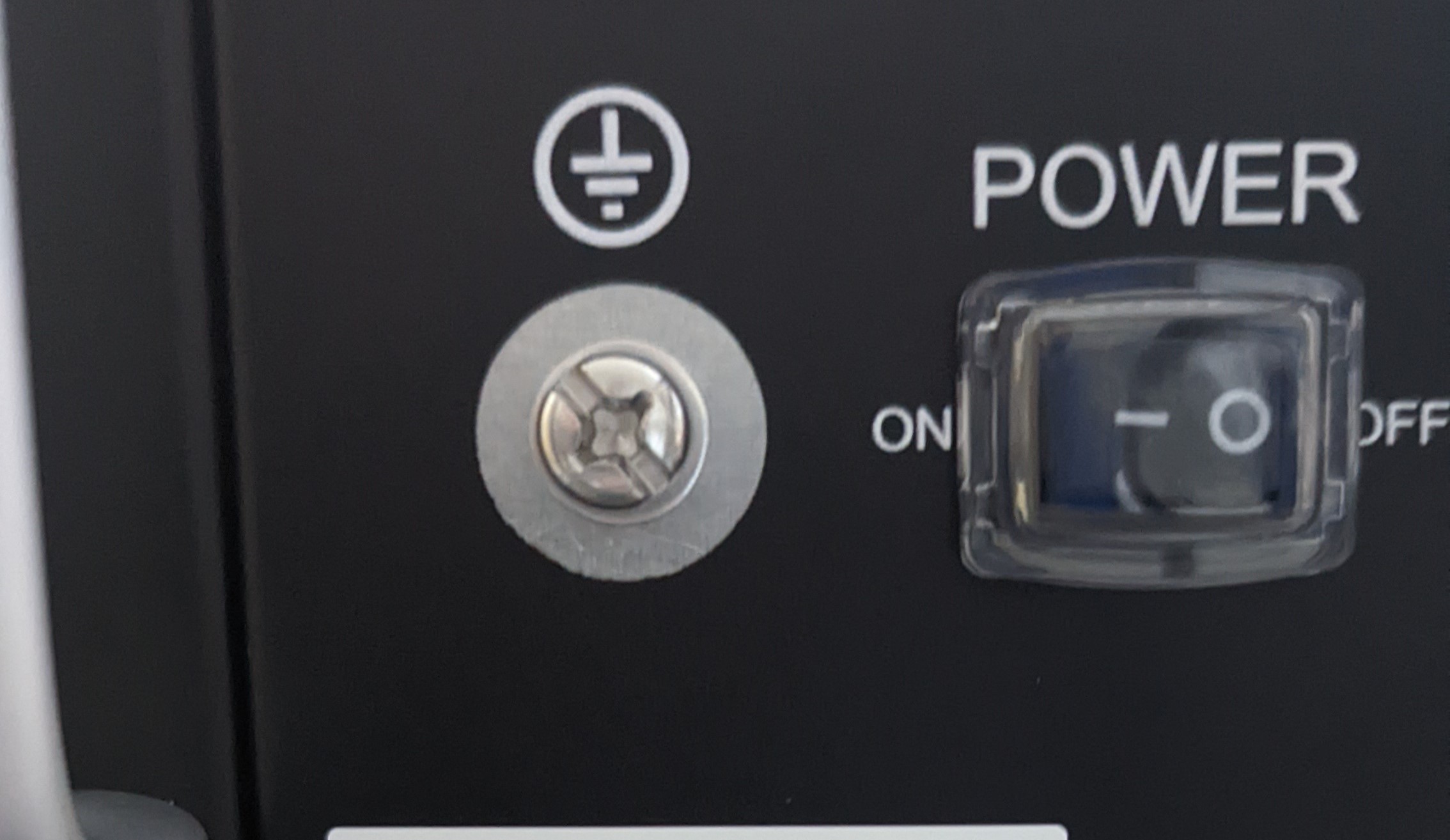 Off-Grid Solar Australia
Off-Grid Solar Australia

Let’s discover the essence of off-grid living through energy load profiles. Optimizing Off-Grid Efficiency, and Deciphering the Energy Load Profile Today!
When residing in a conventional household powered by the grid, the fear of running out of electricity doesn’t often keep you up at night. After all, there’s a seemingly endless supply of power accessible at the flick of a switch. However, in the world of off-grid living, where your energy hinges solely on solar panels and battery storage, understanding your electricity requirements becomes a crucial endeavor.
Upon embarking on the journey of setting up an off-grid energy system, the initial stride involves crafting an energy load profile. This profile plays a pivotal role in determining the optimal system configuration, encompassing factors like the number of solar panels, battery type and capacity, and other pivotal hardware selections.
Nailing this process promises years of steadfast power, harmonizing seamlessly with your lifestyle. Yet, miscalculations might lead to energy shortages, reliance on backup generators, or worse, system overloads that trigger shutdowns.
So, what exactly is an energy load profile, and how is it developed? Today, let’s delve into the intricacies of this concept to unveil its significance.
Deciphering the Energy Load Profile
In simple terms, an energy load profile, often referred to as a load profile, serves as the compass for estimating both your daily and peak electricity requirements. It assembles a comprehensive list of every electrical device within your property – current fixtures and planned additions – categorized across different zones of your home.
Beyond enumerating the appliances, the profile necessitates the following particulars:
Multiplicity of Appliances: Are there duplicates of certain devices, like multiple computers or refrigerators?
Power Consumption: What’s the electricity consumption when the appliance operates? (measured in watts)
Usage Frequency: How often is the device operated per week, on average?
Daily Operation Hours: What’s the average duration of daily operation, both in summer and winter?
For instance, let’s envision a scenario with a sizable LCD television. After perusing the product sticker or conducting an online search for the model specifics, you determine its power consumption to be 200 watts.
Further calculations reveal that the TV is typically in use for about three hours each weekday and approximately five hours during weekends – culminating in 25 hours weekly, or 3.6 hours daily. Consequently, factoring in the 200-watt power requirement, the TV consumes 720 watt-hours per day (3.6 x 200), translating to 0.72 kilowatt-hours (kWh).
At Off Grid Energy, we offer a user-friendly energy load profile that comes into play during our preliminary consultations. As you peruse it, you’ll notice a blend of information provided by you and insights contributed by our solar consultants. Naturally, our team assists you throughout the process, ensuring your estimations are precise and your final profile paints a comprehensive picture of your existing and future electricity prerequisites.
In the world where power is self-sustained, comprehending energy load profiles is akin to deciphering the language of your unique energy needs. These profiles not only guide your choices but also empower you to embrace a lifestyle that’s both sustainable and well-illuminated.
G’day, Australia! We’re here to shake things up in the energy world, right? We’ve got these ripper solar systems, decked out with the latest Sungrow and Deye inverters and those beaut Sungrow and Pylontech lithium batteries. They’re a real game-changer for places like Ballarat, Victoria, and all over Oz! Our Top Solar Gear Going All …
Continue reading “Givin’ Aussie Homes a Fair Go with Top-Notch Solar Tech”
1. Jinko Solar Panels: 2. Trina Solar Panels: 3. SunPower Solar Panels: Conclusion When choosing solar panels, consider factors such as efficiency, durability, warranty, and budget. Jinko offers cost-effective and reliable options, Trina provides a balance of performance and value, while SunPower stands as a premium choice with top-tier efficiency. Each brand caters to different …
Continue reading “Comprehensive Solar Panel Review: Jinko, Trina, and SunPower”
1. Pylontech Batteries: 2. PowerPlus Energy Batteries: 3. BYD Batteries: 4. Tesla Powerwall: Conclusion When selecting a solar battery, factors like capacity, compatibility, longevity, and budget play crucial roles. Pylontech, PowerPlus Energy, BYD, and Tesla offer diverse options catering to different needs and preferences. Whether for a small residential setup or a larger, more complex …
Continue reading “In-Depth Review of Solar Batteries: Pylontech, PowerPlus, BYD, and Tesla”
Inverter Equipment Review: Sungrow, Deye, Victron, and Selectronic 1. Sungrow Inverters: 2. Deye Inverters: 3. Victron Energy Inverters: 4. Selectronic Inverters: Conclusion Each of these inverter brands – Sungrow, Deye, Victron, and Selectronic – offers unique strengths suited to different solar energy needs. Your choice should depend on your specific requirements, whether it’s for residential, …